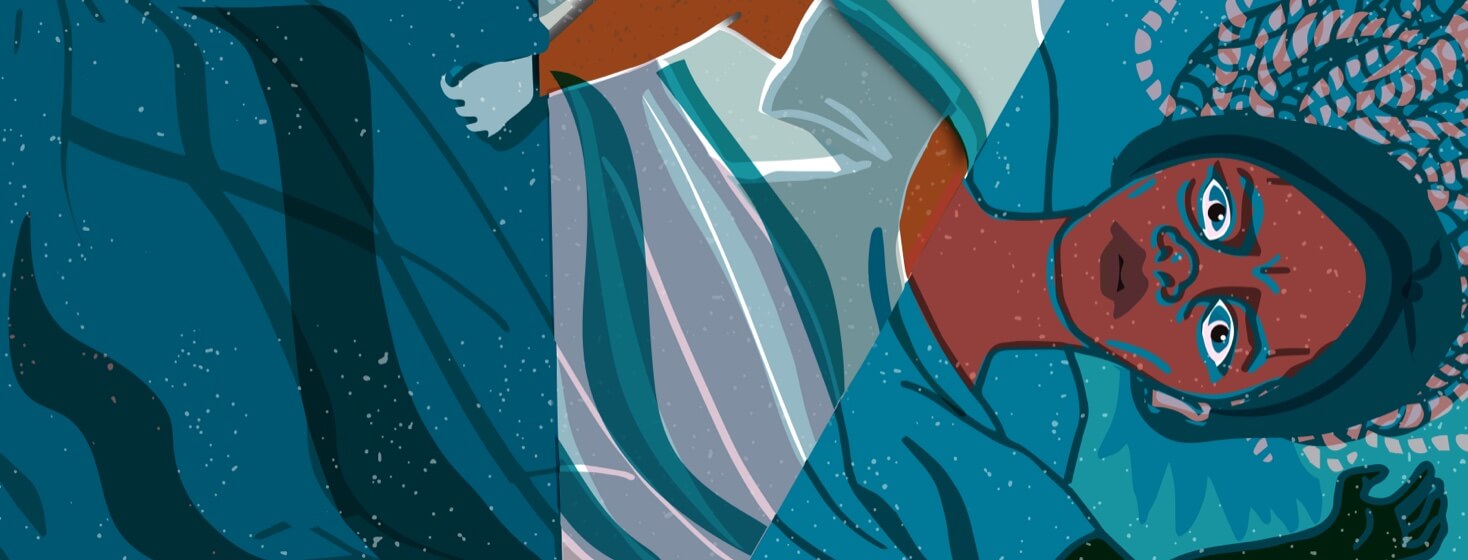My Experience with Sleep and Thyroid Eye Disease
From an outside perspective, it can be difficult to understand just how much thyroid eye disease (TED) can impact someone on a daily basis and make normal activities much more challenging.
Two of my primary TED symptoms were:
1. Proptosis - the muscles behind my eyes swelled and pushed my eyes unnaturally forward.
2. Eyelid retraction - the muscles of the eyelids tightened and pulled my eyelids backward.
My friends understood that there was something different about my eyes that made them look bigger, but they did not guess that these two symptoms affected both my sleep and energy level.
Trouble sleeping with thyroid eye disease
With more of my eyes exposed and my eyelids being pulled back, my eyes were not able to fully close at night which created an ongoing problem when it came to sleep quality.
This or That
Has TED made sleeping more difficult?
Though I used plenty of eye drops before going to bed, my eyes frequently woke me up in the middle of the night, stinging with pain from the intense dryness. Desperately trying to hold onto sleep, I would reach for my collection of gel eye drops on my nightstand (they helped me ease the stinging and irritation far better than regular artificial tears). I would pry open my eyes just enough to flood them with drops. More stinging was followed by relief, and this process was repeated in the morning when the stinging in my eyes would wake me up again.
This happened almost daily. Most nights I was able to fall back asleep quickly, but having my sleep so frequently disrupted was exhausting, and I seemed to always wake up tired.
The impact of not sleeping well
Pour the coffee!
Some days were better than others. Creative work tasks were sometimes a struggle, and I would stare at the computer screen willing inspiration and motivation to magically appear. I often spent extra time re-reading and triple checking my work just in case I missed something due to fatigue. On other days I had zero energy for socializing. I longed for a good night’s sleep.
Besides navigating ongoing fatigue, it also took time for my eyes to settle in the morning. My eyes looked puffy, red, and irritated, and I often felt self-conscious if I had to interact with clients first thing in the morning. Time for more gel eye drops! My eyes often felt at least a few degrees better by lunchtime.
It’s amazing how a little sliver of uncovered eye can affect so much.
Taking steps toward better sleep
My TED specialist and I planned several surgeries to help correct the damage caused by TED - orbital decompression and lid surgeries. These surgeries would help my eyes and eyelids find more normal positions, and with that, hopefully, they would be able to close all the way when sleeping.
It’s still a process as I continue to navigate surgeries and recovery, but I’m thankful that there has been a change for the better. I generally sleep through the night, though eye drops before and after sleeping are still necessary. The pain is not fully gone, but progress is progress, and I’m heading in the right direction.

Join the conversation